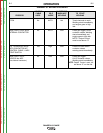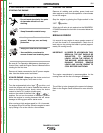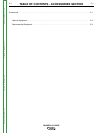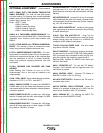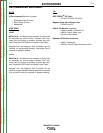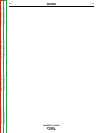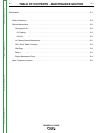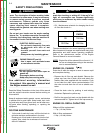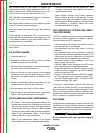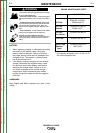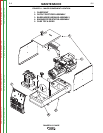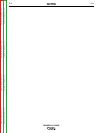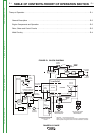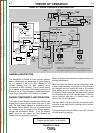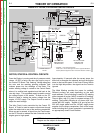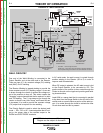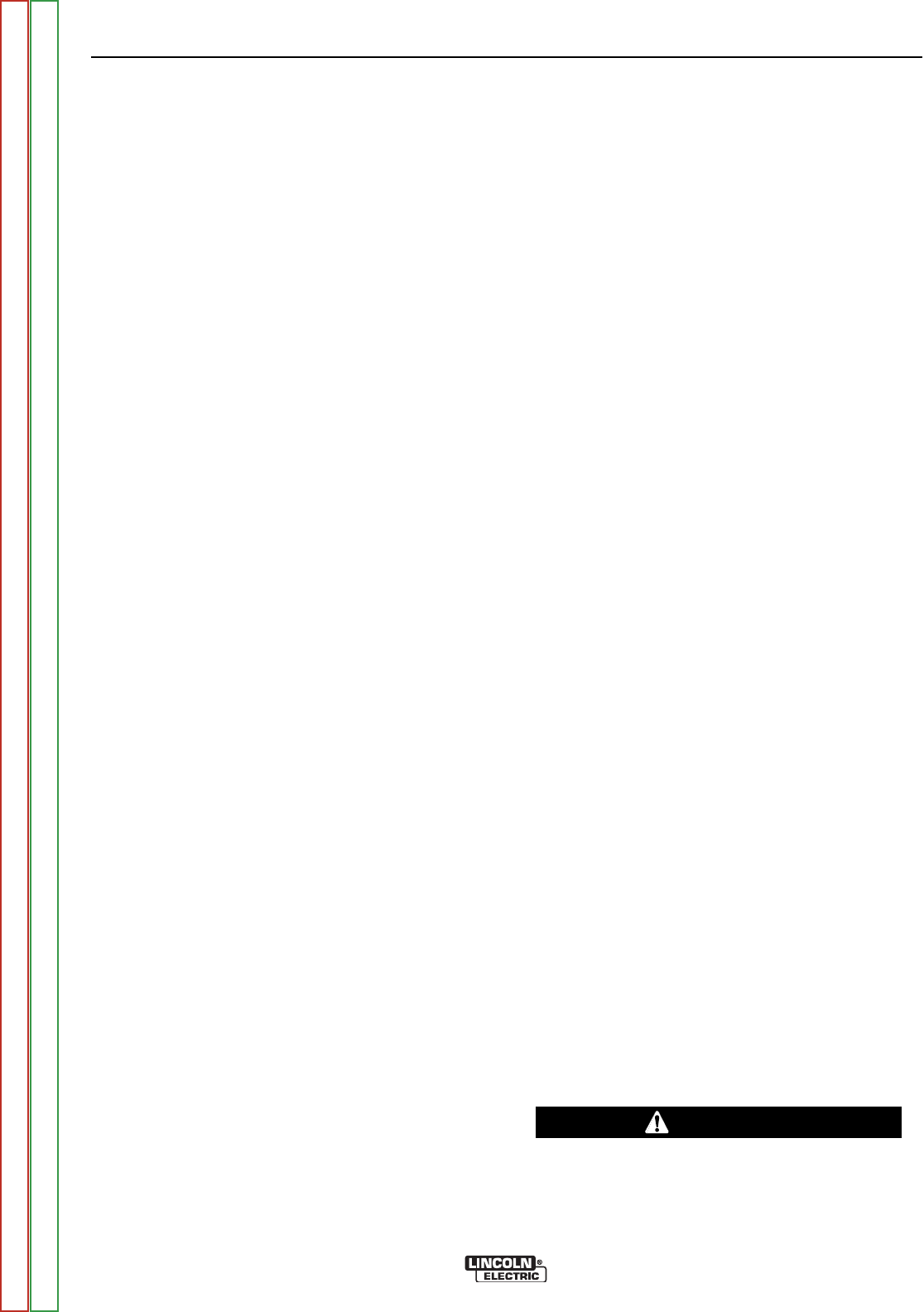
MAINTENANCE
D-3 D-3
RANGER® 3 PHASE
Use 4-stroke motor oil that meets or exceeds the
requirements for API service classification SG or SH.
Always check the API SERVICE label on the oil con-
tainer to be sure it includes the letters SG or SH.
SAE 10W-30 is recommended for general, all-tempera-
ture use, -5 F to 104 F (-20 C to 40 C).
See Engine Owner’s Manual for more specific informa-
tion on oil viscosity recommendations.
Wash your hands with soap and water after handling
used oil.
Please dispose of used motor oil in a manner that is
compatible with the environment. We suggest you take
it in a sealed container to your local service station or
recycling center for reclamation.
Do not throw it in the trash, pour it on the ground or
down a drain.
OIL FILTER CHANGE
1. Drain the engine oil.
2. Remove the oil filter, and drain the oil into a suitable
container. Discard the used oil filter.
3. Clean the filter mounting base, and coat the gasket of
the new oil filter with clean engine oil.
4. Screw on the new oil filter by hand, until the gasket
contacts the filter mounting base, then use an oil fil-
ter socket tool to tighten the filter an additional 1/2 to
7/8 turn.
5. Refill the crankcase with the specified amount of the
recommended oil. Reinstall the oil filler cap.
6. Start the engine and check for oil filter leaks.
7. Stop the engine, and check the oil level. If necessary,
add oil to the upper limit mark on the dipstick.
AIR CLEANER AND OTHER MAINTENANCE
• Air Cleaner - With normal operating conditions, the
maintenance schedule for cleaning and re-oiling the
foam pre-filter is every 25 hours and replacement of
the air cleaner filter every 100 hours. More frequent
servicing is required with dusty operating conditions.
Refer to the maintenance section of the Engine
Owner’s Manual for more information.
• Refer to the maintenance section of the Engine
Owner’s Manual for other scheduled maintenance ,
• Blow out the machine with low pressure air peri-
odically. In particularly dirty locations, this may be
required once a week.
• Output Ranger Selector and Polarity Switches:
Switch contacts should not be greased. To keep
contacts clean, rotate the switch through its entire
range frequently. Good practice is to turn the handle
from maximum to minimum setting twice each
morning before starting to weld.
GFCI RECEPTACLE TESTING AND RESET-
TING PROCEDURE
The GFCI receptacle should be properly tested at least
once every month or whenever it is tripped. To proper-
ly test and reset the GFCI receptacle:
• If the receptacle has tripped, first carefully remove
any load and check it for damage.
• If the equipment has been shut down, it must be
restarted.
• The equipment needs to be operating at high idle
speed and any necessary adjustments made on the
control panel so that the equipment is providing at
least 80 volts to the receptacle input terminals.
• The circuit breaker for this receptacle must not be
tripped. Reset if necessary.
• Push the "Reset" button located on the GFCI recep-
tacle. This will assure normal GFCI operation.
• Plug a night-light (with an "ON/OFF" switch) or other
product (such as a lamp) into the GFCI receptacle
and turn the product "ON".
• Push the "Test" button located on the GFCI recepta-
cle. The night-light or other product should go "OFF".
• Push the "Reset" button, again. The light or other
product should go "ON" again.
If the light or other product remains "ON" when the
"Test" button is pushed, the GFCI is not working prop-
erly or has been incorrectly installed (miswired). If your
GFCI is not working properly, contact a qualified, certi-
fied electrician who can assess the situation, rewire the
GFCI if necessary or replace the device.
SLIP RINGS
A slight amount of darkening and wear of the slip rings
and brushes is normal. Brushes should be inspected
when a general overhaul is necessary.If brushes are to
be replaced, clean slip rings with a fine emery paper.
Do not attempt to polish slip rings while engine is
running.
------------------------------------------------------------------------
CAUTION
Return to Section TOC Return to Section TOC Return to Section TOC Return to Section TOC
Return to Master TOC Return to Master TOC Return to Master TOC Return to Master TOC



